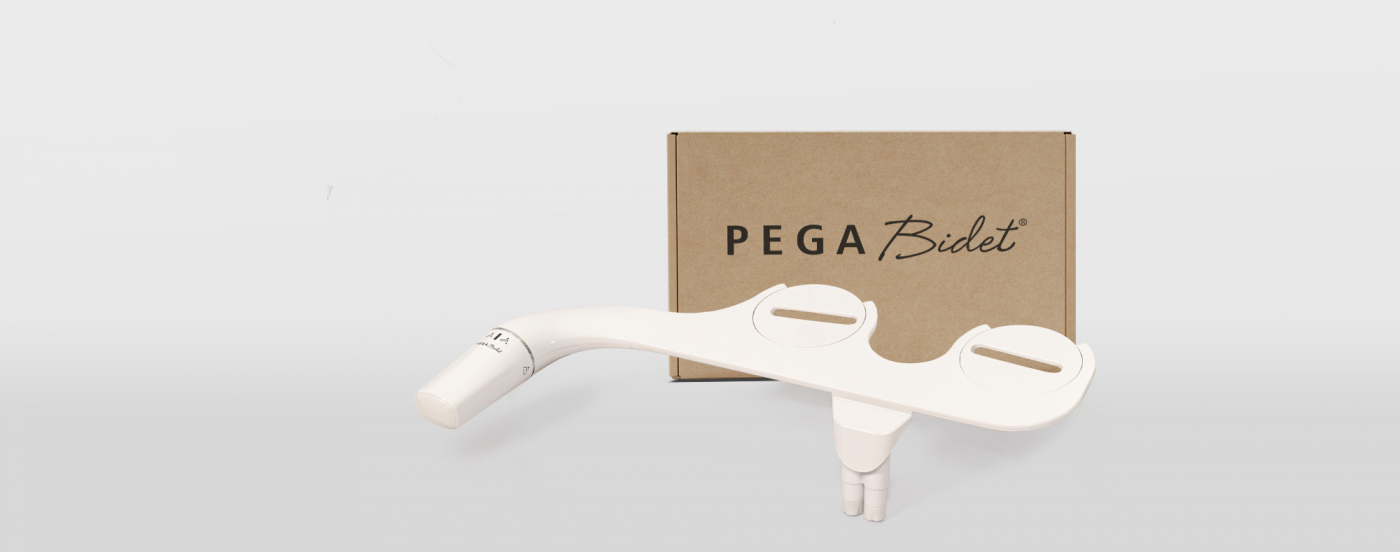Bidet Attachment
What Is A Toilet Bidet?
Introduction
The toilet bidet, long misunderstood and often underestimated, is a marvel of personal hygiene engineering. A refined fusion of comfort and cleanliness, it redefines the bathroom experience for those willing to embrace it.
Origins of the Bidet: A Glimpse into History
The word “bidet” hails from 17th-century France, derived from the old French term for “pony”—a reference to the straddling position required to use early standalone models. Once the province of nobility, these fixtures symbolized refinement and discretion in personal care.
The Evolution: From French Aristocracy to Global Adoption
What began as a ceramic bowl adjacent to the toilet evolved into high-tech, integrated systems seen today in Asia and parts of Europe. Japan, in particular, led the technological charge in the late 20th century, embedding bidet functionality into toilet seats, transforming the lavatory into a spa-like retreat.
What Exactly Is a Toilet Bidet?
A toilet bidet is a bathroom fixture or attachment designed to clean the genital and anal areas after toileting. Unlike toilet paper, which merely wipes, a bidet uses a stream of water to cleanse, offering a hygienic, non-abrasive alternative.
The Core Functionality: How Bidets Work
At its essence, a bidet channels a gentle, focused jet of water to clean the user’s intimate areas. Most units allow for adjustment in direction, pressure, and temperature, creating a personalized cleansing experience.
Types of Bidets
Standalone Bidets
These are separate, low-mounted fixtures positioned beside the toilet, common in European homes. Users shift to them after using the toilet. Though elegant, they require additional space and plumbing.
Bidet Toilet Seats
Replacing a standard toilet seat, these come with built-in nozzles and often electric components. They offer comprehensive features without the need for a separate unit.
Bidet Attachments
Installed under existing toilet seats, attachments provide a basic spray function, ideal for beginners and budget-conscious users.
Portable Bidets
Compact and travel-friendly, these handheld devices function like water bottles with a nozzle. Ideal for frequent travelers and minimalists.
Manual vs. Electric Bidets
Manual bidets are powered by water pressure alone, offering basic functionality. Electric models, in contrast, deliver a suite of features—heated seats, oscillating nozzles, warm air drying—all controlled through sleek interfaces or remote controls.
Key Components of a Modern Bidet
Nozzles
The nozzle is the heart of the bidet, often self-cleaning and retractable, ensuring hygiene and precision.
Water Temperature Controls
Modern bidets allow for warm water washing, especially appreciated in colder climates, offering both comfort and enhanced sanitation.
Pressure Adjustment
From a gentle mist to a robust stream, users can fine-tune water pressure to suit sensitivity and preference.
Air Dryers
Replacing toilet paper entirely, many electric bidets come equipped with adjustable warm air dryers.
Heated Seats
An indulgence that quickly becomes a necessity during winter, heated seats elevate the bathroom experience.
Installation: Simpler Than You Think
Most bidet seats and attachments can be installed in under 30 minutes using basic tools. They connect directly to your existing water supply, often without requiring professional help.
Cost Considerations and ROI
While premium models can cost upward of $600, entry-level attachments are available for under $50. Over time, the savings on toilet paper and increased hygiene offer tangible returns.
Hygiene Advantages Over Toilet Paper
Bidets cleanse more thoroughly, removing bacteria rather than smearing it. They eliminate the risk of microtears and irritation caused by dry wiping, making them especially beneficial for sensitive users.
Environmental Impact and Sustainability
Americans use over 36 billion rolls of toilet paper annually, contributing to deforestation and water waste. Bidets drastically reduce paper use and the energy footprint associated with TP manufacturing.
Medical and Health Benefits
Relief for Hemorrhoids
Water cleansing reduces irritation, a critical benefit for individuals with hemorrhoids or anal fissures.
Postpartum Use
Gentle and soothing, bidets are ideal for postpartum mothers recovering from delivery, helping reduce infection risk and discomfort.
Support for Individuals with Limited Mobility
For the elderly or disabled, bidets offer autonomy and dignity, eliminating the physical strain of wiping.
Impact on Gut and Skin Health
By improving hygiene, bidets help reduce conditions like anal eczema and maintain a healthier microbiome balance.
Cultural Acceptance Around the World
Bidets are ubiquitous in Japan, South Korea, Italy, and parts of the Middle East. Their normalization in these cultures underscores their functionality rather than novelty.
Why the West Lagged Behind
The U.S., in particular, resisted adoption due to cultural unfamiliarity, post-war stigmas, and bathroom design limitations. The rise of tech-savvy wellness trends, however, is reversing this inertia.
The Shift: Bidets in Modern American Homes
The COVID-19 toilet paper shortages catalyzed a surge in bidet sales. Consumers began reassessing hygiene habits, prompting a nationwide curiosity—and conversion.
Myths and Misconceptions About Bidets
Contrary to belief, bidets are not messy, unhygienic, or difficult to use. They are engineered for precision, cleanliness, and ease, dispelling outdated myths.
Bidets and Bathroom Aesthetics
Today’s models blend seamlessly into modern interiors. From minimalist to luxurious, bidets complement contemporary bathroom design with sleek finishes and intuitive controls.
Choosing the Right Bidet for Your Needs
Consider space, budget, feature preferences, and plumbing setup. Whether you want simplicity or sophistication, there’s a bidet for every household.
Future of Personal Hygiene: The Bidet Revolution
Bidets are no longer fringe accessories—they’re becoming foundational to forward-thinking bathroom design. As sustainability, wellness, and technology converge, the bidet stands at the forefront of a hygiene revolution.


Very useful information.
Keep doing your great works!